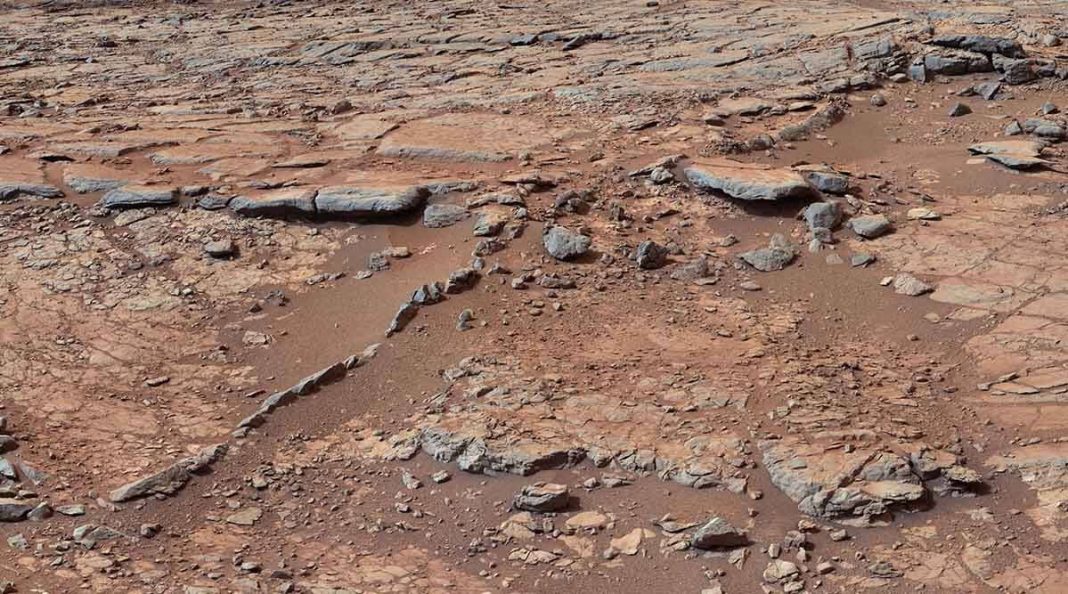Scientists are using data from NASA’s Curiosity rover to measure the total organic carbon in Martian rocks for the first time. Organic carbon is a key component in life molecules. There is evidence that the red planet’s climate was similar to Earth billions of years ago, with a thicker atmosphere and liquid water that flowed into rivers and seas.
Since liquid water is necessary for life as we know it now, scientists believe that Martian life, if it ever existed, could have been sustained by key ingredients such as organic carbon if present in sufficient amounts such as organic carbon, if present in sufficient amounts. Organic carbon is carbon bound to a hydrogen atom. It is the basis of organic molecules, which are created and used by all known forms of life.
However, the presence of organic carbon on Mars will not prove the existence of life there. These can also come from non-living sources like meteorites and volcanoes. Organic carbon has been found on Mars before as well. But prior measurements have only produced information on particular compounds or have only captured just a portion of the carbon in the rocks.
The new measurement gives the total amount of organic carbon in these rocks.
The Curiosity rover drilled samples from 3.5 billion-year-old mudstone rocks in the Yellowknife Bay formation of Gale crater, which is the site of an ancient lake on Mars. The Mudstone at the crater was formed as very fine sediment in the water that settled at the bottom of the lake and was buried. Organic carbon was part of this material and got incorporated into the mudstone.
The Gale crater had other conditions conducive to life apart from liquid water and organic carbon, like chemical energy sources, low acidity, and other elements essential for biologies like oxygen, nitrogen and sulfur. According to the scientists who are part of the research, the location “would have offered a habitable environment for life, if it ever was present.”
In order to make the measurement, Curiosity delivered the sample to the Sample Analysis at Mars (SAM) instrument, where an oven heated the powdered rock to progressively higher temperatures. It used oxygen and heat to convert organic carbon to carbon dioxide. Then, the amount of carbon dioxide was measured to get the amount of organic carbon in the rock.
The experiment was performed in 2014 but it took years of analysis to understand the data and put the results in the context of the mission’s other discoveries in the Gale Crater. Since it was a resource-intensive experiment, it was only performed once during Curiosity’s 10 years on Mars.
